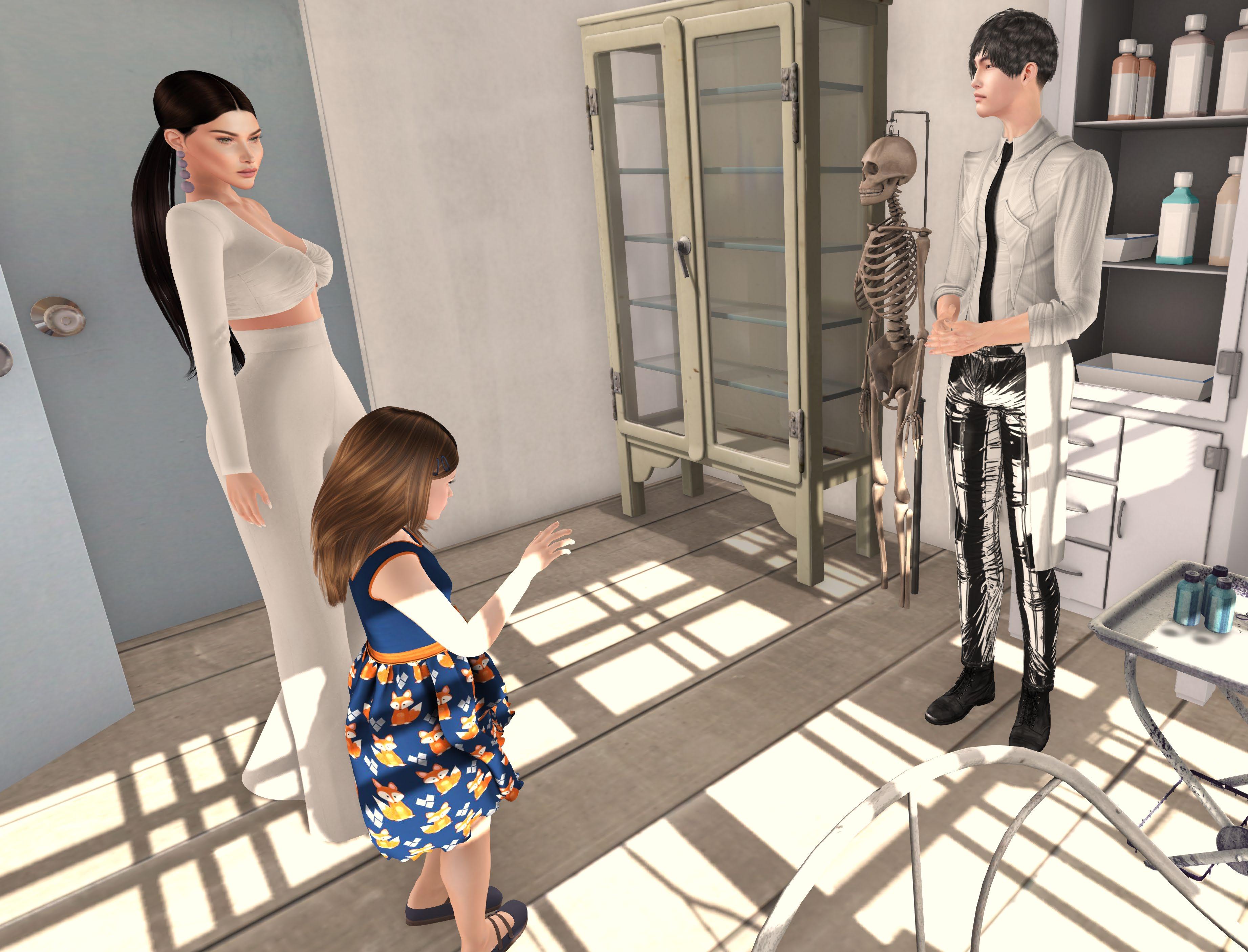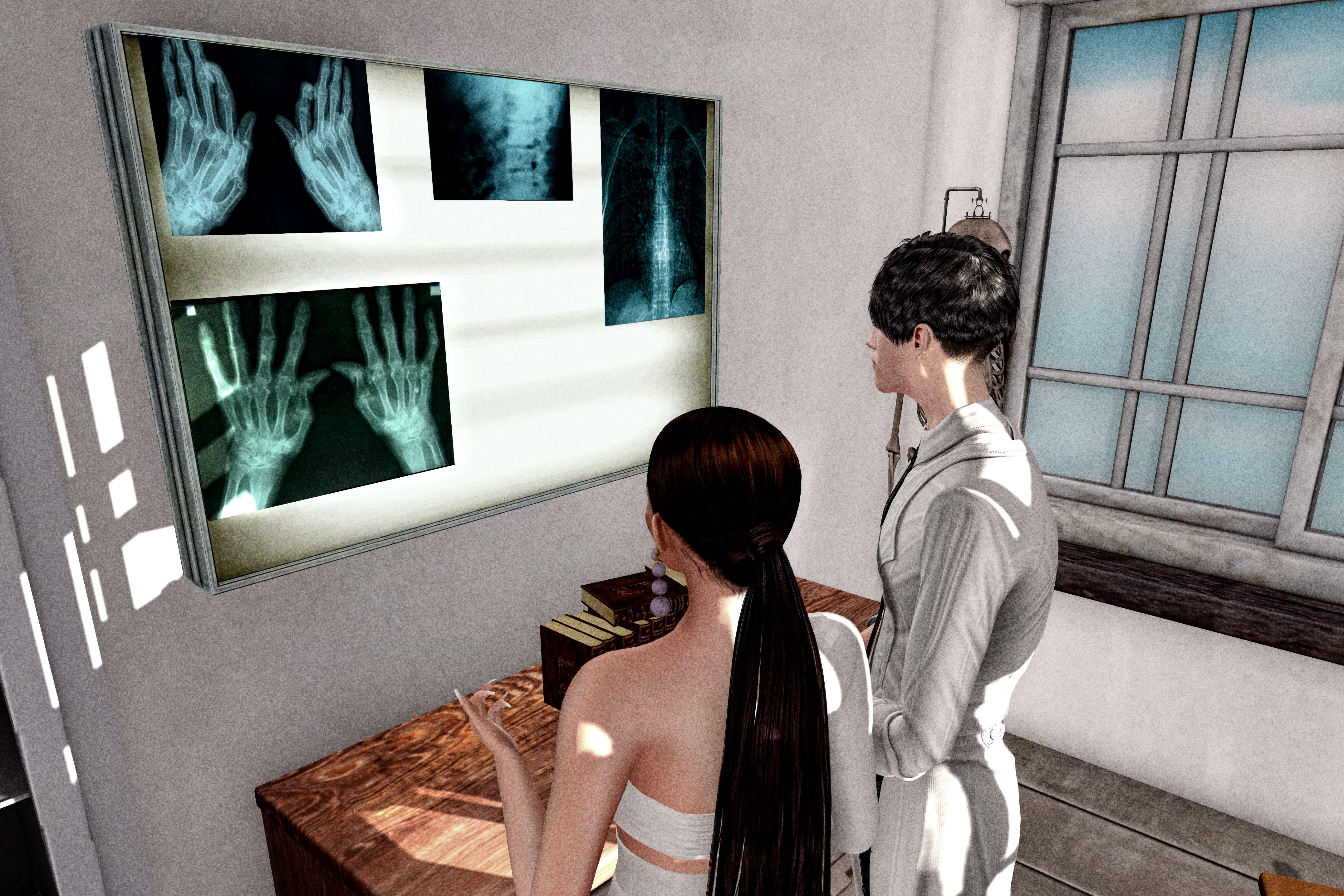
4 minute read
Juvenile Arthritis Awareness Month
currently, at least 300,000 children and teenagers are dealing with some form of Juvenile Arthritis in the United States of America.
Globally, according to research articles, there are more cases in the continents of North America and Europe. Juvenile Arthritis Awareness Month is celebrated in the United States during the month of July. Juvenile Arthritis Global Awareness is celebrated on March 18 every year. Interestingly, I believe it has only been celebrated globally at a convention here in the states of Texas and Minnesota for only thirtyfive years. During the month of July, throw on the color blue to show your support for the youth that are dealing with this debilitating condition every day.
Advertisement
What is Juvenile Arthritis?
Juvenile Arthritis is an umbrella term used to describe the inflammatory and rheumatic diseases that develop in children under the age of 16. Most kinds
of JA are autoimmune or autoinflammatory diseases. That means the immune system, which is supposed to fight against foreign invaders like viruses and germs, gets confused and releases inflammatory chemicals that attack healthy cells and tissue. In most JA cases this causes joint inflammation, swelling, pain and tenderness, but some types of JA have few or no joint symptoms or only affect the skin and internal organs.The exact causes of JA are unknown, but researchers believe that certain genes may cause JA when activated by a virus, bacteria or other external factors. There is no evidence that foods, toxins, allergies or lack of vitamins cause the disease.
Types of Juvenile Arthritis
Juvenile idiopathic arthritis- the most common form of juvenile arthritis and includes six types: oligoarthritis, polyarthritis, systemic, enthesitis-related, juvenile psoriatic arthritis and undifferentiated. Juvenile Lupus- an autoimmune disease that can affect the joints, skin, internal organs (i.e. heart, kidneys, lungs) and other areas of the body. The most common form is systemic lupus erythematosus, or SLE. Vasculitis- This type of disease causes inflammation of the blood-vessels, which can lead to heart complications. Kawasaki disease and Henoch-Schonlein purpura (HCP) are the most common kinds in kids and teens. Juvenile myositis- an inflammatory disease that causes muscle weakness. There are two types: Juvenile polymyositis and juvenile dermatomyositis, which also causes rash on the eyelids and knuckles. Juvenile scleroderma- Scleroderma, which literally means “hard skin,” describes a group of conditions that causes the skin to tighten and harden. Fibromyalgia- chronic pain syndrome that can cause widespread muscle pain and stiffness, along with fatigue, disrupted sleep an other symptoms. It is more common in girls but rarely diagnosed before puberty.
Symptoms
Joints may be red and swollen while being tender to the touch. Aside from the joints being stiff or harder to move or completing everyday tasks, the joints may give off heat similar to a fever. Pain can increase by staying in one position for a long period of time. The eyes can experience dryness, redness or sensitivity to light along with not
being able to see properly due to uveitis or chronic eye inflammation. Skin symptoms may include a scaly red rash (psoriatic), light spotted pink rash (systemic), butterfly shaped rash across the bridge of the nose and cheeks (lupus) or thick, hardened patches of skin (scleroderma). The lungs can be affected by a shortness of breath and one might see heart trouble. Lastly, there might be complications with digestion.

Treatments
The goal of treatment for a child or teen living with JA focuses on several areas. First and foremost, it is important to slow down or stop the swelling of the affected joint or joints while slowing the progression of the disease. Next, relieving symptoms while keeping pain under control helps improve the quality of life. Doctors also focus on trying to damage the joints or repair any damage to joints 43 Sisters in SL Magazine

and/or organs. Improving the function of the joints and strength of them will allow these children to enjoy adulthood as much as possible. Finally, there is a focus on overall health and how it may be affected depending on the case.
Traditionally, cortisone injections are done on the joint in an effort to ease some of the pain associated with the type of JA. Along with the use of corticosteroids, a doctor might incorporate the use of what is called a biologic or DMARDS. This class of drugs, which includes traditional DMARDS (methotrexate, sulfasalazine) and biologics, relieve symptoms by suppressing the immune system so it doesn’t attack the joints. Methotrexate is the most commonly used DMARD to treat JA. Traditional DMARDs may be available in pill form, but normally biologics are injected or given by infusion in a doctor’s office. Patients can learn to use products to help in mobility while using hot and cold therapy to aid with pain in a drug free approach.

I chose to shine a light on this specific issue because I was born three months premature and diagnosed with Diplegic Cerebral Palsy at age three. Therefore, I have had to learn how to use braces, hand canes, and wheelchairs from a very young age. Moreover, I began to learn about the effects of developing arthritis as a child which is why now at only thirty years old, I have already had my right hip replaced. I want all my fellow Sisters In SL that have dealt with similar issues or have children with this issue to know that I stand with them and their families.






